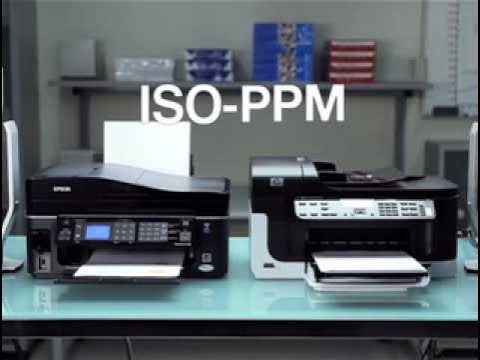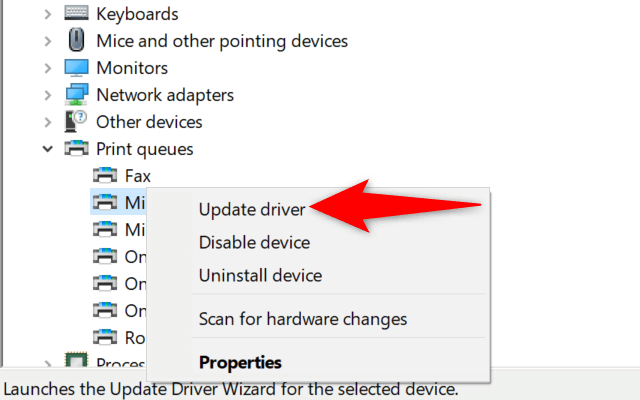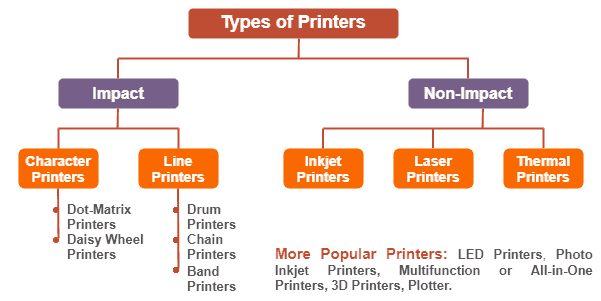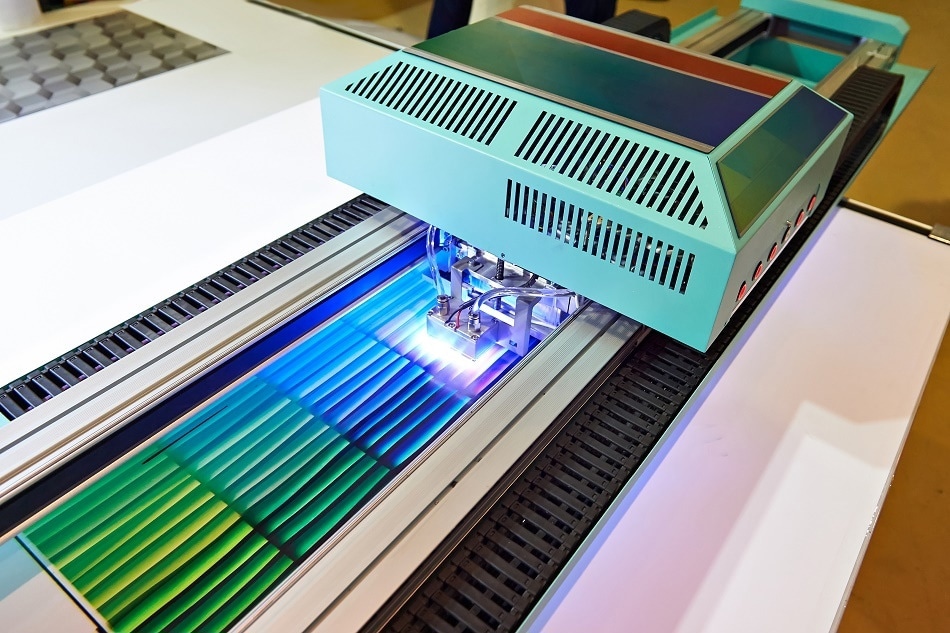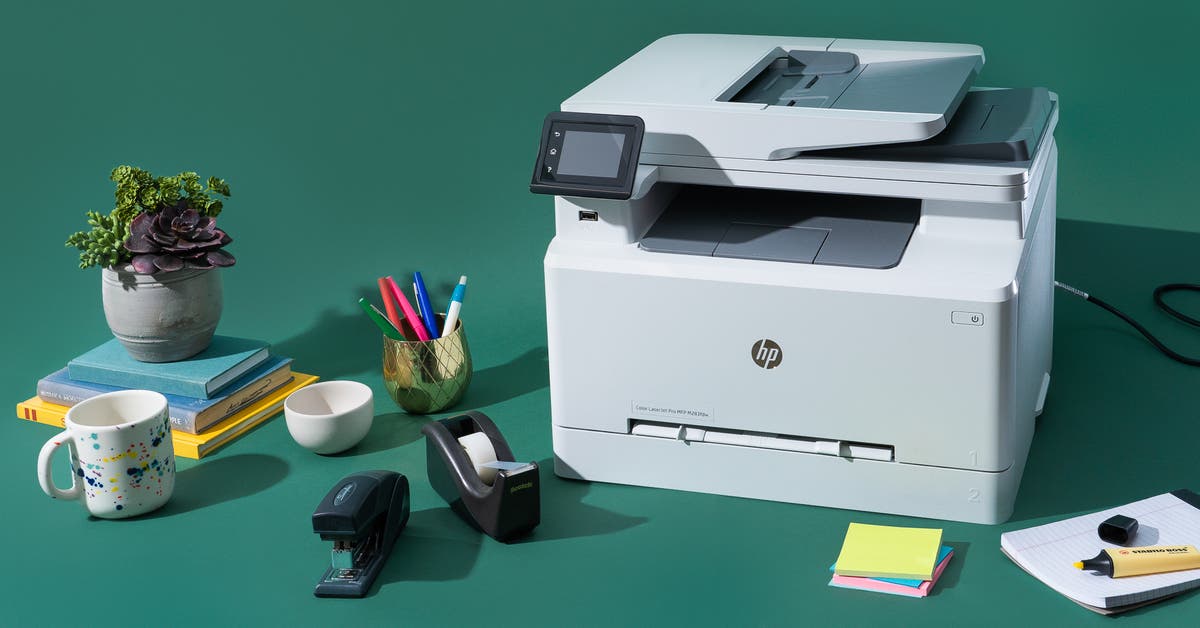Decoding Dye Ink Printers: A Comprehensive Guide
Introduction
Dye ink printers have long been a cornerstone of printing technology, providing clear and vibrant printouts for individuals and businesses across the globe. In this comprehensive guide, we will delve into the intricacies of these machines, helping you understand what dye ink printers are, how they function, and the advantages and disadvantages they offer. Furthermore, we will go ahead and explain the crucial factors to consider when you're thinking of buying a dye ink printer.
What Exactly are Dye Ink Printers?
Dye ink printers encompass a category of printers that harness the power of dye-based ink in their printing processes. When we use the term 'dye', it refers to a soluble substance that injects color into the printout. The unique aspects of dye inks include their broad color gamut and phenomenal ability to generate vivid, lifelike images. They achieve this by utilising the dye ink to transfer text and images onto a piece of paper.
Here's a brief visualization of a dye ink printer's characteristics:
- Print Medium: Dye-based ink
- Core Users: Predominantly favored by photographers and graphic designers.
- Special Features: Known for impressive color rendering and realism in the output.
- Main Usage: Capable of printing text and images with great detail and vibrant color.
Through these points, you can grasp what a dye ink printer is and the significant role it plays in producing high-quality prints with vivid color renditions.
How Does a Dye Ink Printer Work?
The core functionality of dye ink printers lies within their important principle of spraying ink droplets on the paper. Here's an easy and comprehensive breakdown of how it works:
1. Principle: The dye ink printer operates by utilising capillary action, which draws the liquid dye ink swiftly through the printer head.
2. Printing Process: During the actual printing, the colored dye solution is strategically deposited on the paper in meticulous droplet forms.
3. Ink Permeation: Once the ink droplets make contact with the paper, they slowly infiltrate the paper fibers. This crucial step leads to a significantly more saturated and bright image being printed.
4. Color Range and Smoothness: A unique attribute of this process is that it allows a vast and varied color range. It also ensures that the color gradients or transitions are far smoother than other printing methods.
5. Potential Drawbacks: Despite its immense advantages, a noteworthy drawback of dye ink printers is their vulnerability to fading. Over time, exposure to light or heat can cause the vibrant colors to gradually fade away. This deterioration of colors is an aspect to consider when using dye ink printers.
Through understanding this detailed breakdown on the function process of dye ink printers, one can gain insights into how these devices deliver the remarkable print quality they are celebrated for. Meanwhile, it's also essential to keep in mind their potential downsides, which could factor into your use and maintenance of the printer.
Can You Elaborate on Dye Ink vs. Pigment Ink?
In order to make an informed decision about which type of ink is most suitable for your needs, it's critical to understand the fundamental differences between dye ink and pigment ink. Let's break it down:
Composition:
- Dye Ink: This type of ink is liquid. It consists of colorant fully dissolved in a carrier fluid. In other words, the ink is completely in solution form, a feature that lends itself to the ink's excellent color vibrancy.
- Pigment Ink: Pigment ink differs in its basic composition. Tiny, solid color particles are suspended in a carrier liquid, giving pigment ink its signature properties.
Key Features:
- Dye Ink: Known for its high vibrancy and smoother color transitions, dye ink is an excellent solution for printing detailed and colorful images.
- Pigment Ink: Although pigment ink might not offer the same level of color vibrancy as its dye counterpart, it excels in other areas. Pigment ink is renowned for its superior fade-resistance and waterproofing abilities.
Key Considerations:
Deciding between dye ink and pigment ink is a matter of matching your specific needs with the attributes of each ink type. If high color vibrancy or detail is your priority, dye ink is your ideal choice. However, if you're looking for longer-lasting documents and photos that resist fading or water damage, opt for pigment ink.
In summary, each ink type comes with its own set of advantages. The trick is to determine which attributes are most essential for your specific printing requirements.
What are the Advantages and Disadvantages of Dye Ink Printers?
When buying a dye ink printer, it’s crucial to analyze both the advantages and disadvantages. These are imperative to ensure that the printer meets your specific demands and expectations.
Advantages of Dye Ink Printers
- Superior Color Vibrancy: Dye ink printers take the lead when it comes to color vibrancy. They are expert in printing high-quality, clear, and vivid photos, designs, and text.
- Broad Color Gamut: With dye ink printers, you can expect a larger range of color reproductions. This means more hues, tones, and shades.
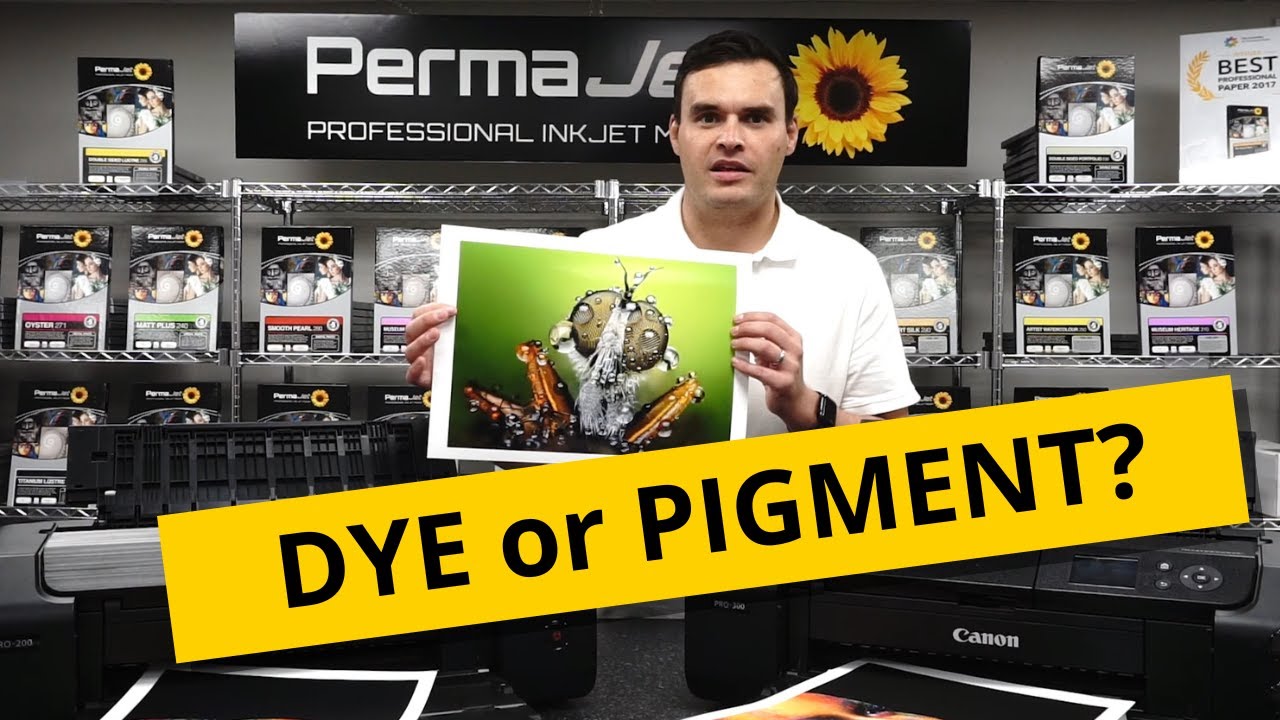
- Fast Printing Speeds: These printers usually offer faster printing speeds compared to their counterparts. This feature is particularly important for high-volume printing tasks.
Disadvantages of Dye Ink Printers
- Lack of UV Resistance: Dye ink printers tend to struggle with prints' longevity, as the color can fade significantly when exposed to UV light and heat over time. It's essential to consider this aspect, especially if you're working with projects intended for long-term display or archival purposes.
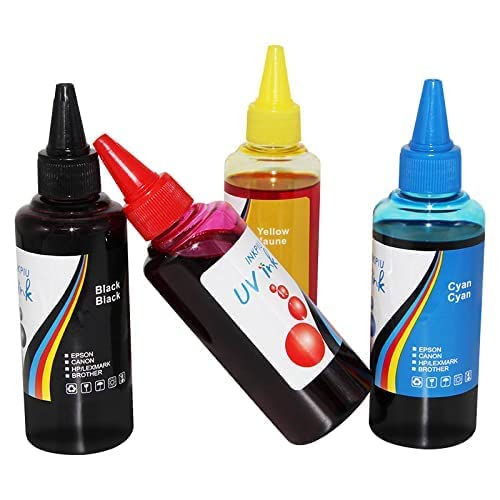
- Potential Water Damage: Prints generated by dye ink printers may not be water-resistant, and there's a possibility of damages upon direct contact with water. Plan to safeguard your prints if the risk of exposure to moisture is high.
- Ink Drying: If you print infrequently, the ink inside the cartridges of the dye ink printer can dry up. This manifestation can impact the functionality of the printer and entail extra maintenance routines or costs.
Understanding the pros and cons associated with dye ink printers can help you make an informed choice based on your specific needs, preferences, and budget. The balance between the advantages and disadvantages is a crucial deciding factor in recognizing the value that a dye ink printer brings to your printing experience.
What Factors Should I Consider When Purchasing a Dye Ink Printer?
When making the decision to purchase a dye ink printer, several significant factors come into play. These elements should align with your specific printing requirements and intended usage. Here's what to take into account:
1. Printing Quality: Dye ink printers are renowned for their vibrant color output and smooth color gradations. If your primary purpose involves printing high-definition images, reservations, or color-intensive designs, a dye ink printer would be your go-to machine.
2. Printing Speed: While choosing a printer, it's also important to consider the speed at which it prints. This is particularly important for users who will be printing large amounts of material.
3. Maintenance: The ease of maintenance is another factor to consider. Are the printer components easily removable for quick cleaning and fixes? Are the technical issues usually encountered with their usage easy to resolve?
4. Cost of Ink: Underestimate this aspect to your detriment. Since dye ink printers use ink cartridges that may require regular replacement, it's crucial to understand the costs related to the purchase of new cartridges.
5. Frequency of Usage: If you print occasionally, you may want to reconsider buying a dye ink printer. This is because the liquid ink in the cartridges is liable to dry out during prolonged periods of non-use, leading to wastage.
6. Printer’s Size: The physical dimensions of the printer also matter. A compact dye ink printer could serve well for personal, home-based printing, while for commercial or office use, a larger printer may be needed.
In conclusion, taking these key considerations into account will steer you towards making an informed choice when purchasing a dye ink printer.
Conclusion
Understanding the workings and characteristics of dye ink printers is vital, especially if you're considering buying a printer for personal or business use. In essence, dye ink printers offer great benefits, including superb color vibrancy and quick printing. However, their susceptibility to fading and lack of water-resistance can be major drawbacks. Ultimately, the decision to choose a dye ink printer will depend on your specific print needs and preferences.
Related FAQs about what is dye ink printers
How long does dye ink last compared to pigment ink?
Dye ink typically doesn't last as long as pigment ink. While the exact duration can vary, dye ink prints might start fading within 1-5 years, especially under direct sunlight or heat exposure. On the other hand, pigment ink prints can last over 100 years without noticeable fading, making them a more long-lasting option.
How can I enhance the performance of my dye ink printer?
To improve the performance of your dye ink printer, regular maintenance is crucial. Keep the printhead clean, use high-quality ink, and avoid infrequent printing to prevent the ink from drying out. Also, using good quality paper relevant to your printer can notably enhance the print quality.
Which is better for photo printing - dye ink or pigment ink printers?
Dye ink printers often outshine in photo printing because of their ability to produce more vibrant and higher resolution images due to their wider color gamut. However, pigment ink printers may be an excellent choice for longevity, as their prints are more resistant against fading and water damage.

